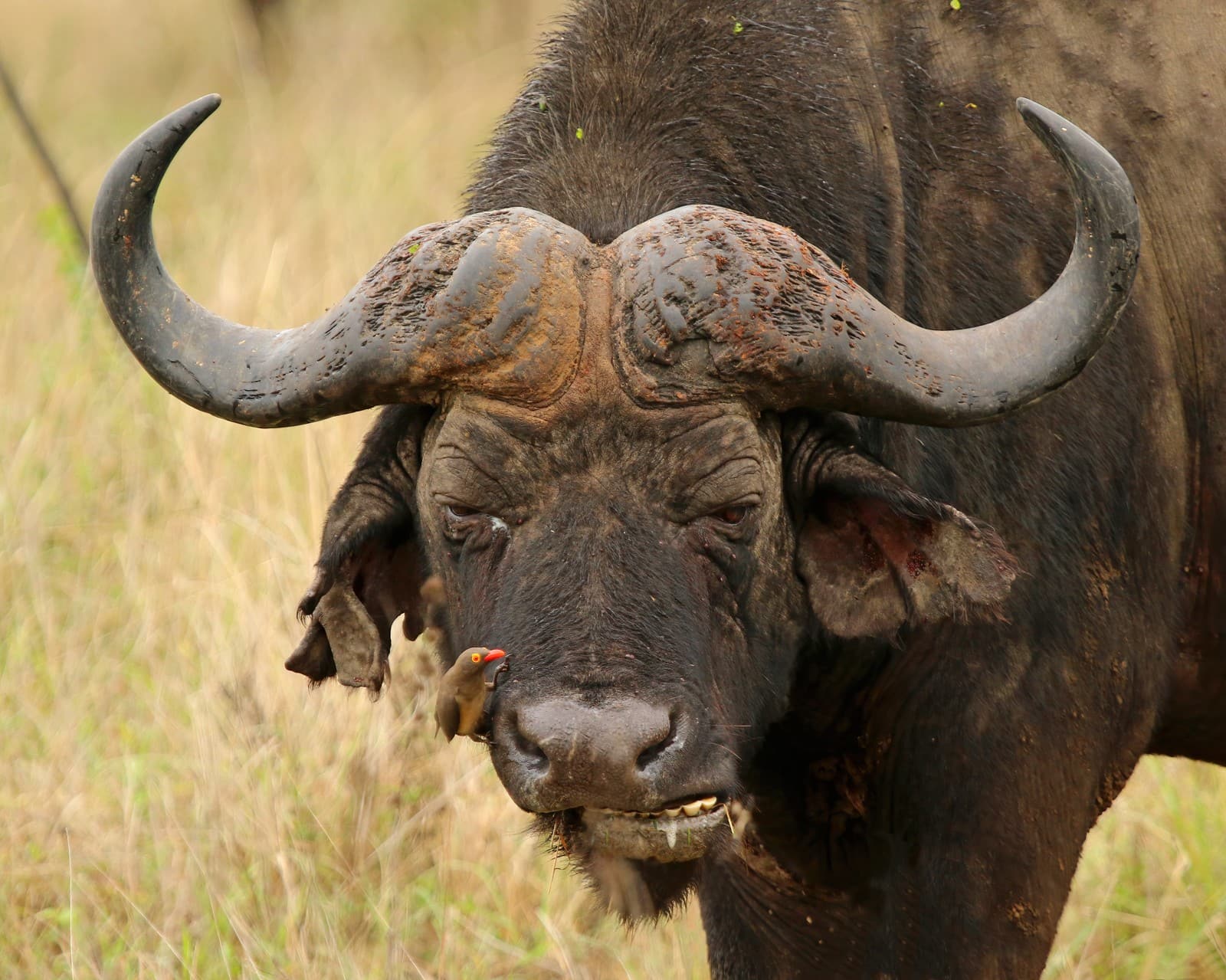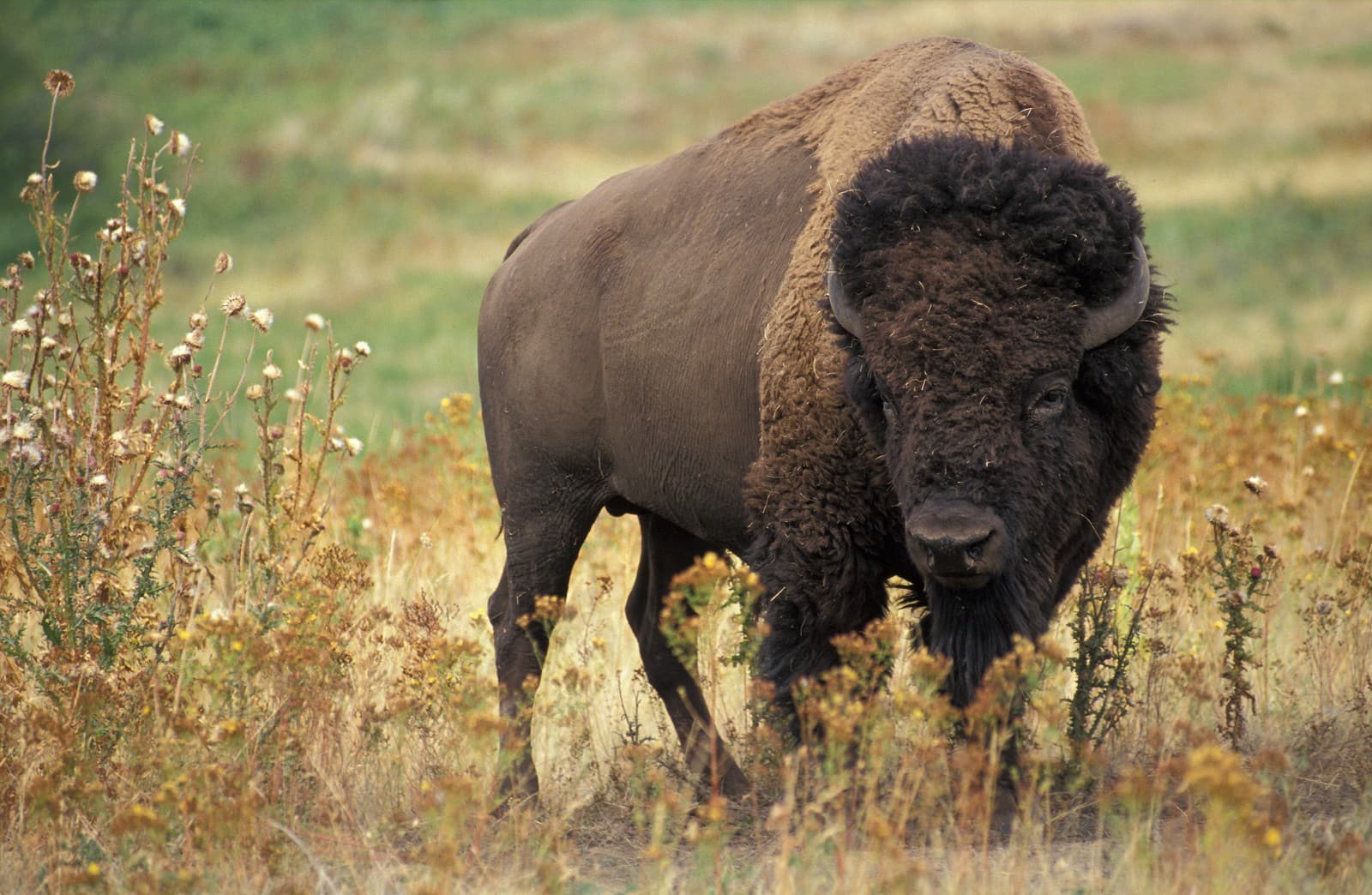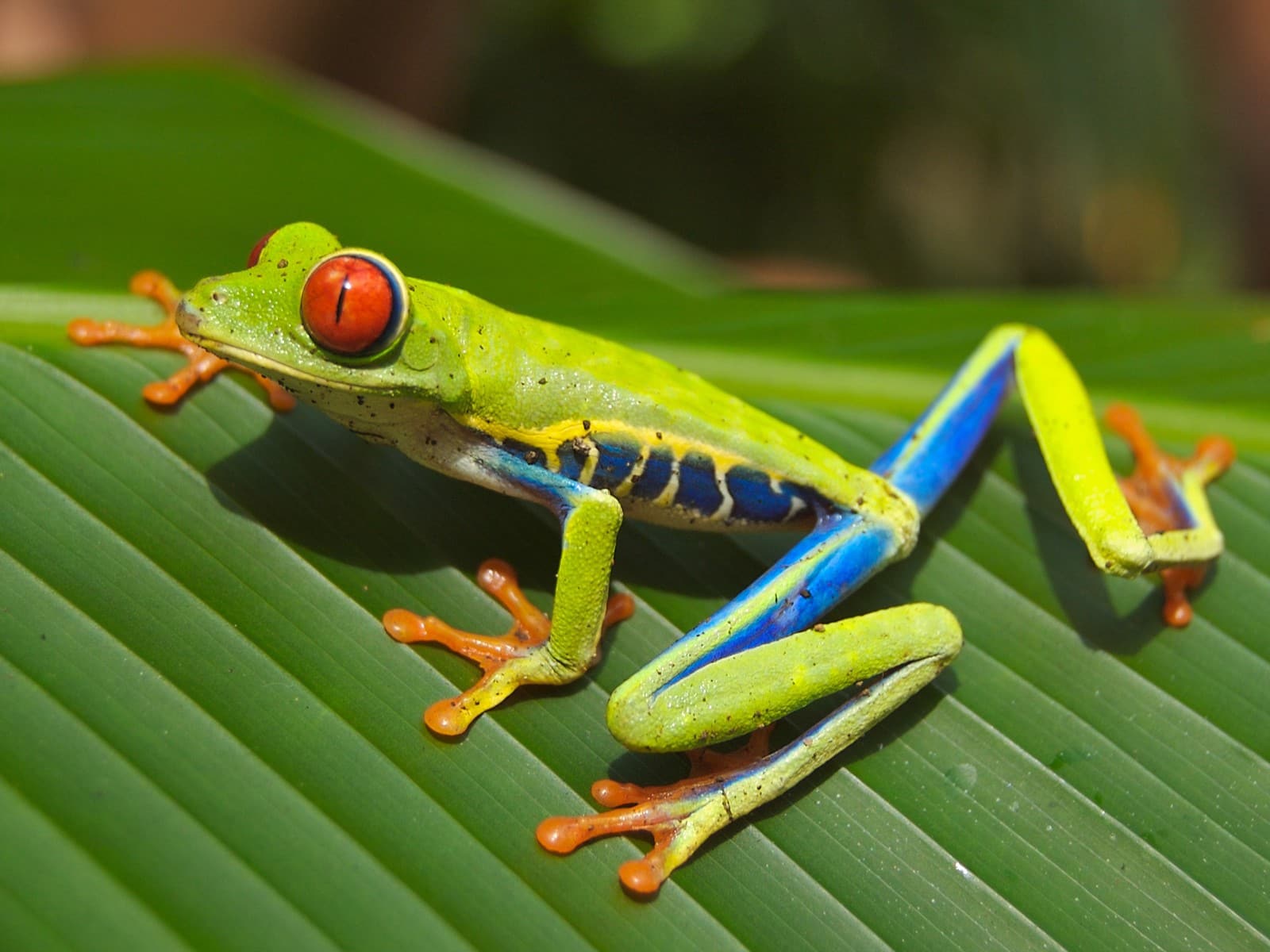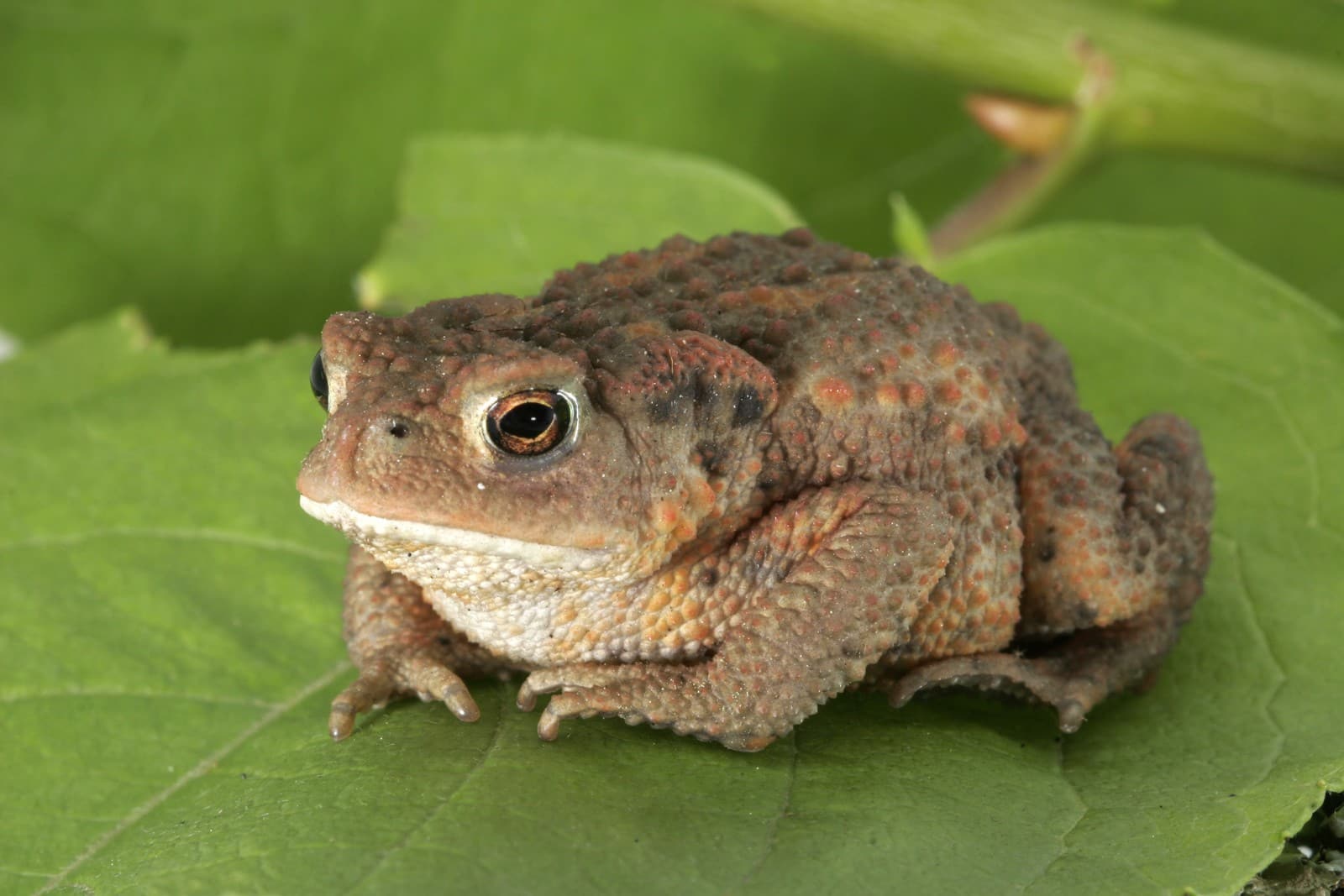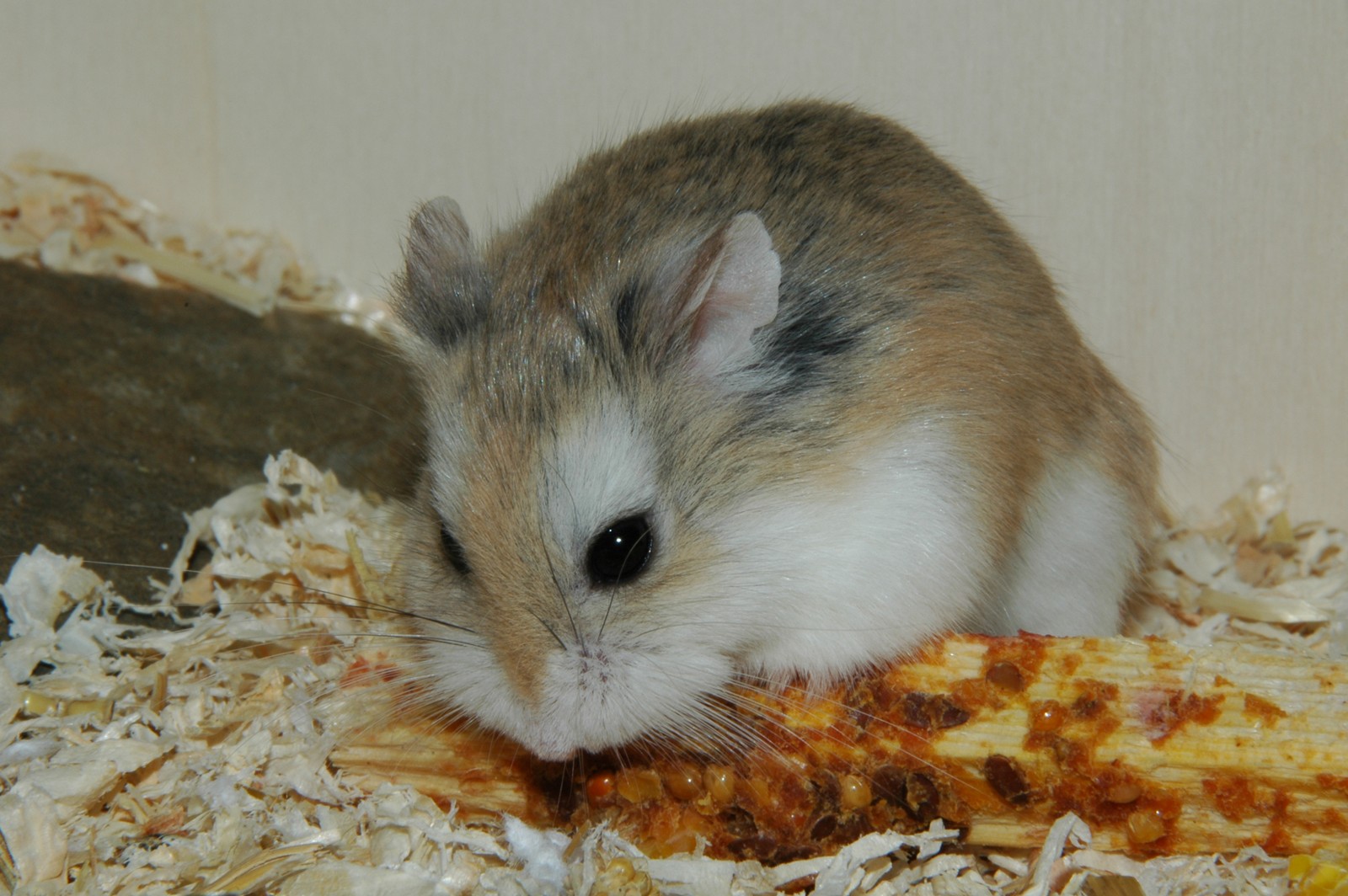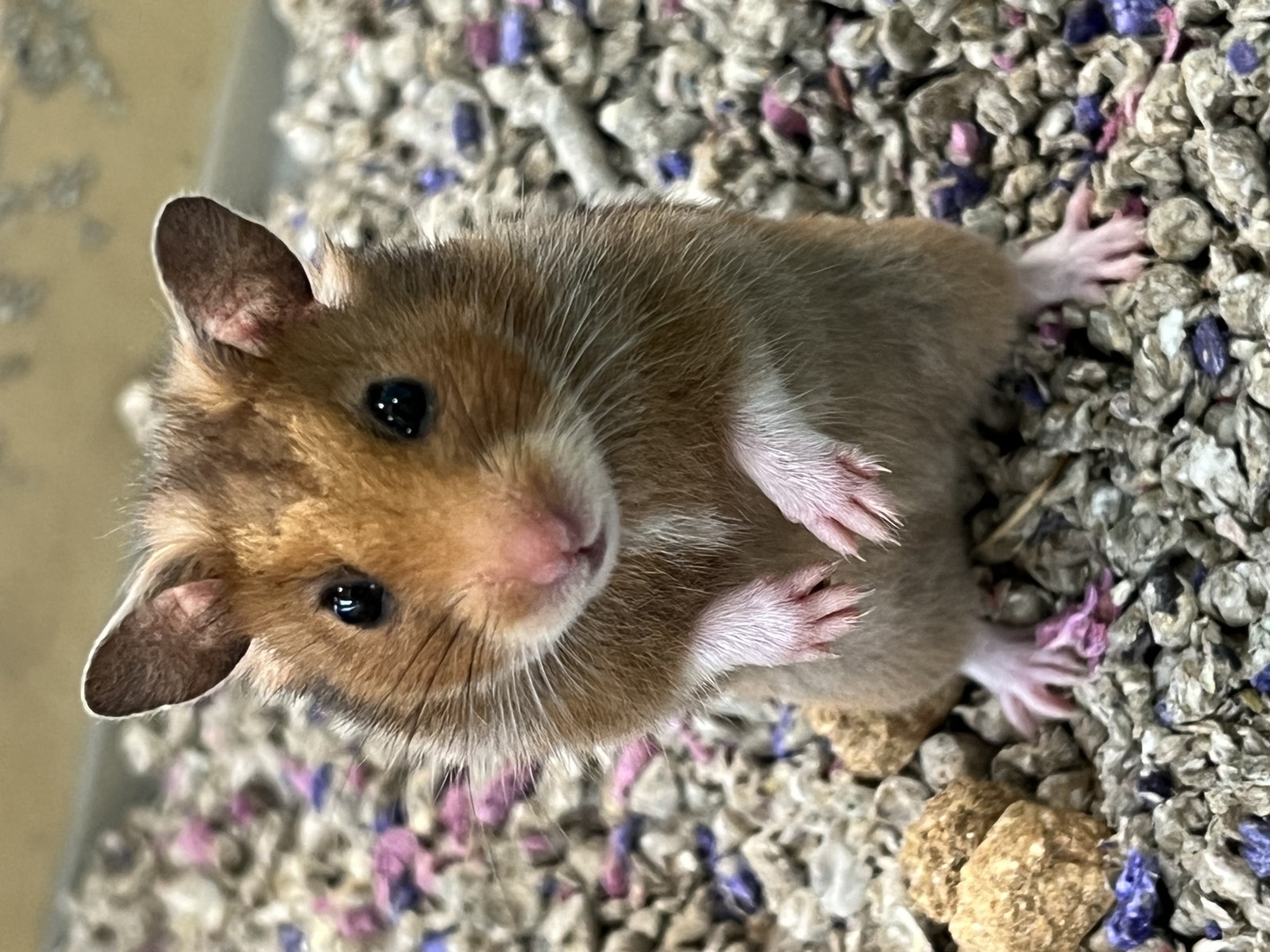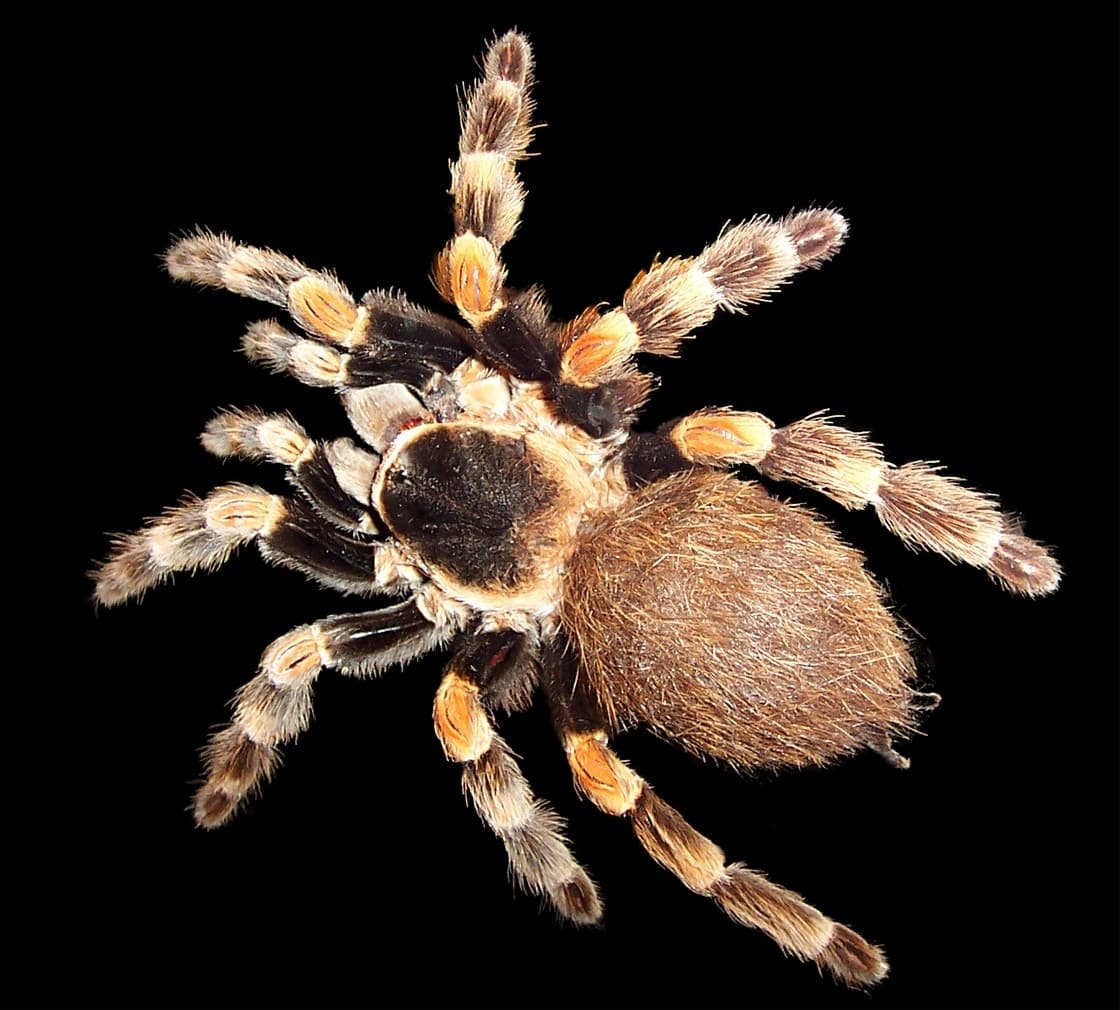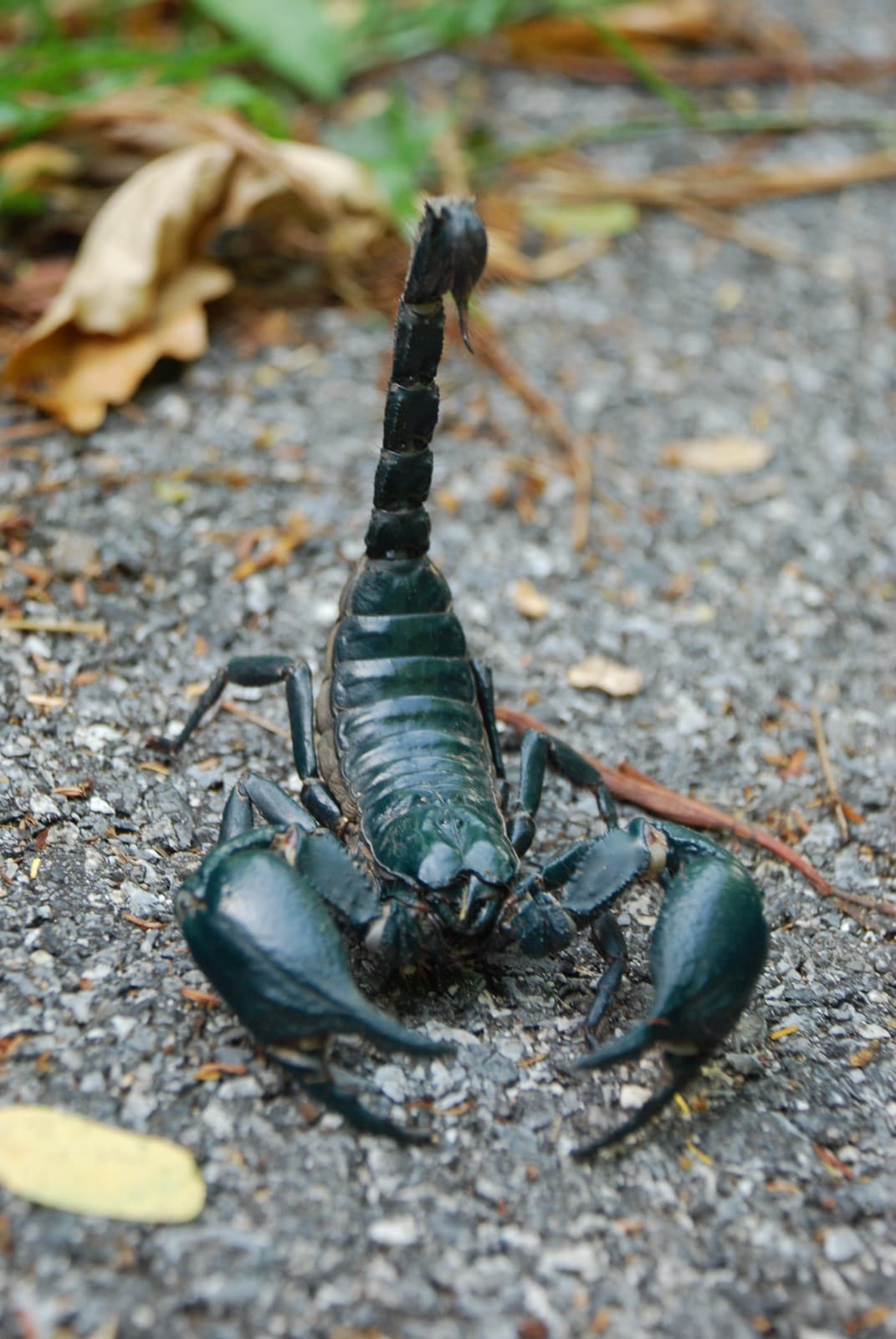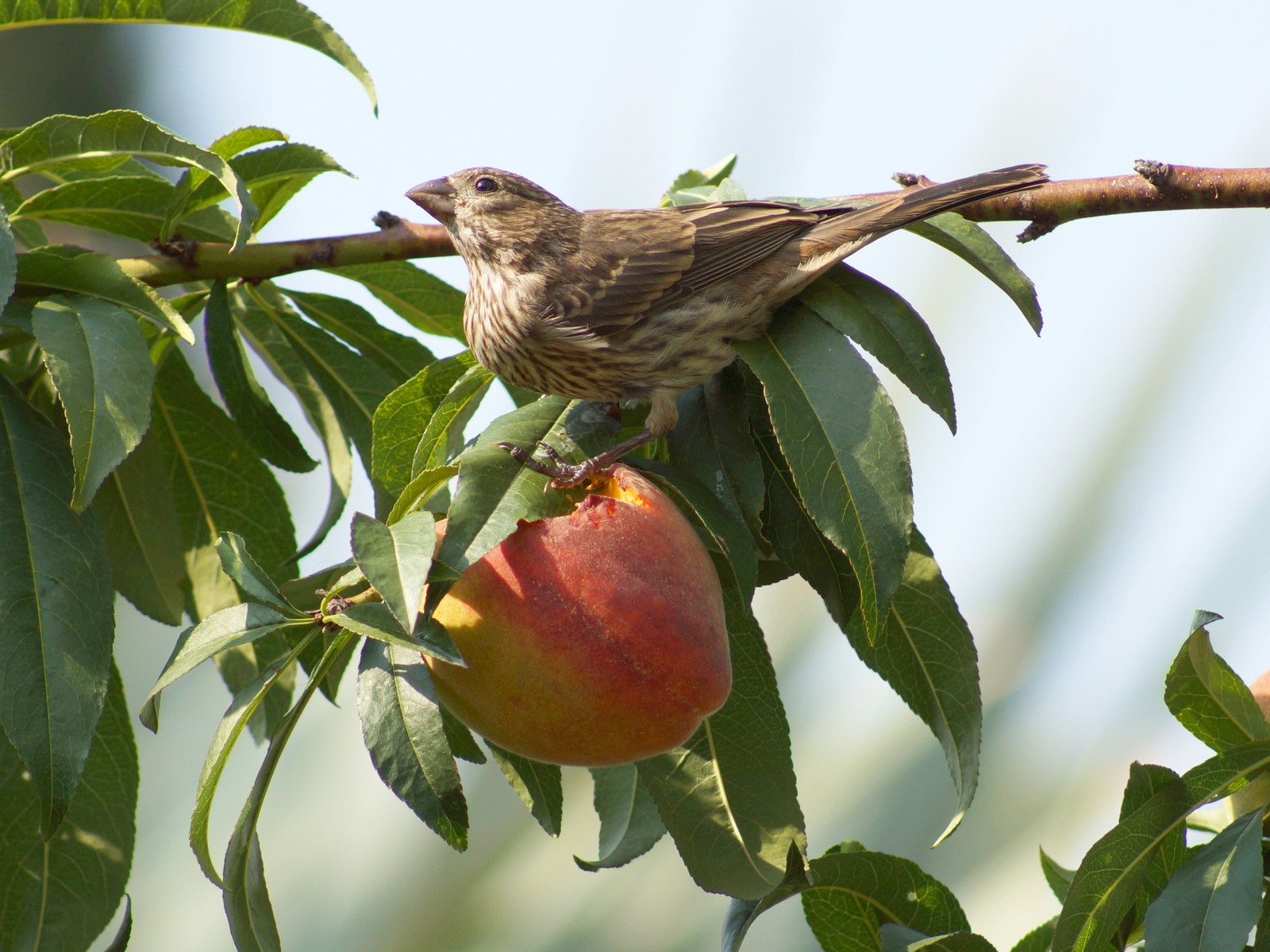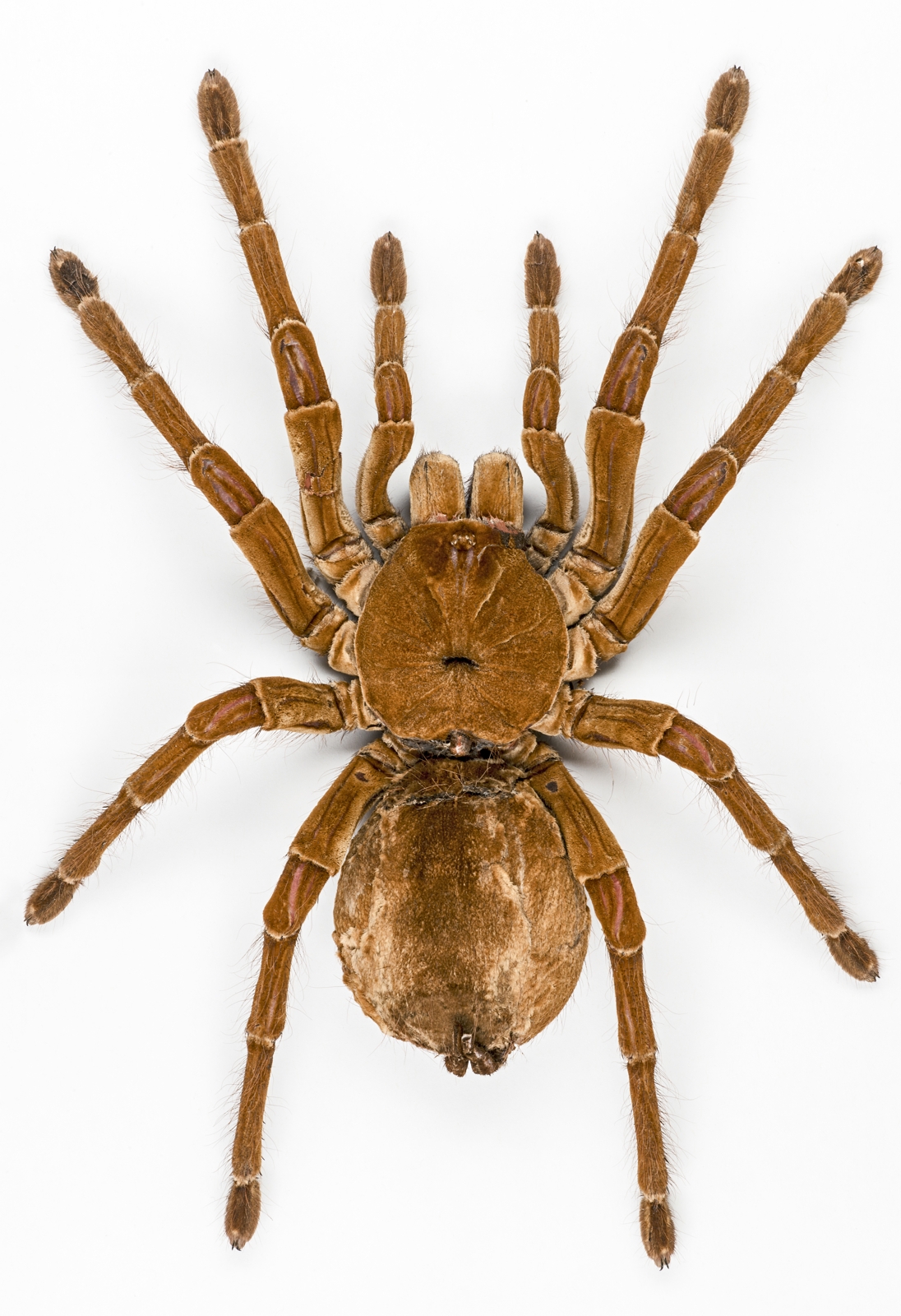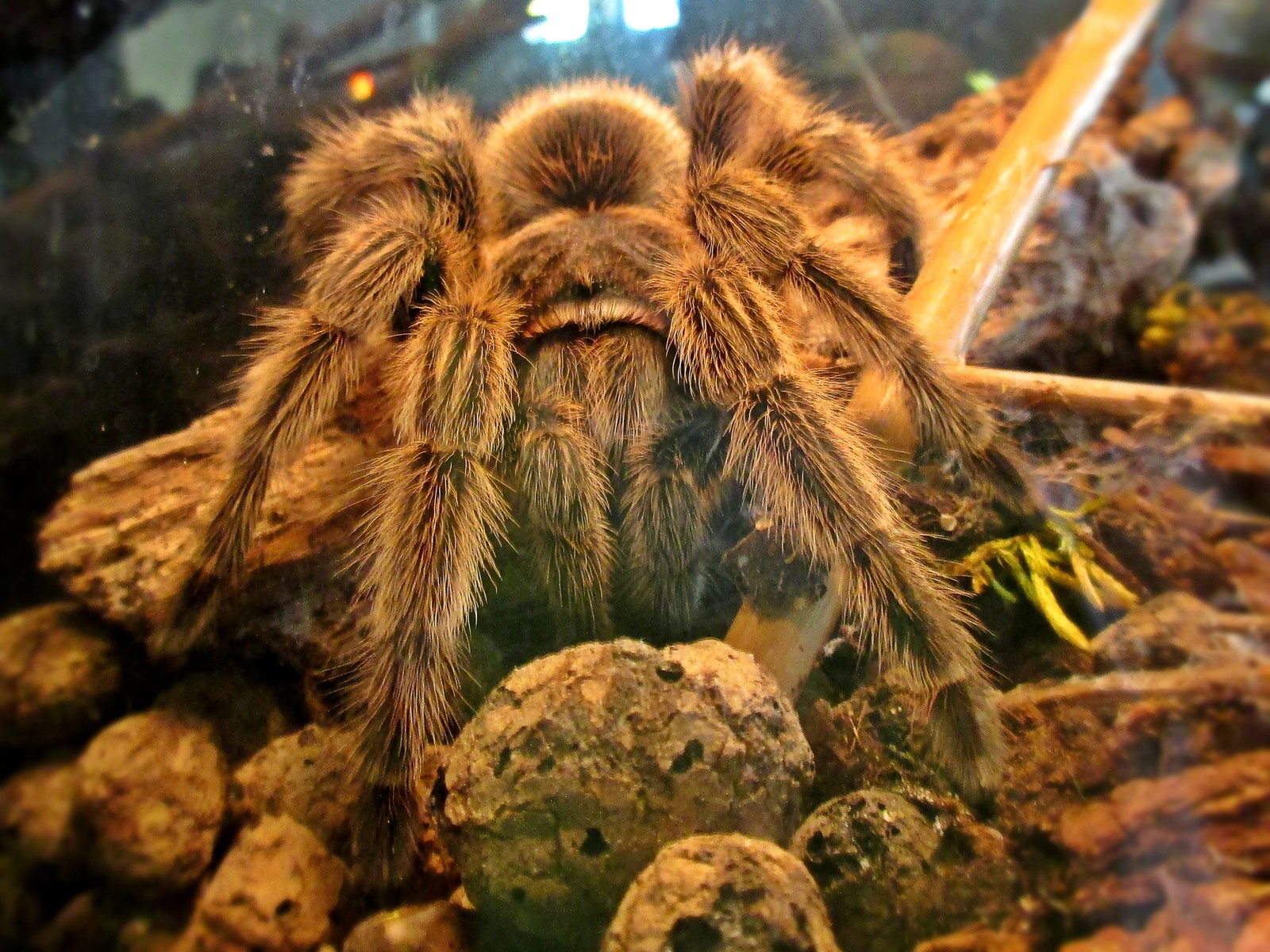Musk Ox vs Bison: A Complete Comparison
When comparing Musk Ox vs Bison, we’re examining two of North America’s most impressive bovids, each perfectly adapted to dramatically different environments. While the Musk Ox thrives in Arctic conditions, weighing up to 800 pounds (363 kg), the American Bison dominates prairie landscapes and can reach an impressive 2,000 pounds (907 kg).
These remarkable mammals share a prehistoric lineage but evolved distinct characteristics for survival in their respective habitats. The Musk Ox developed its iconic qiviut undercoat that insulates against temperatures as low as -70°F (-57°C), while the Bison acquired its massive shoulder hump and agile speed, reaching up to 35 mph (56 km/h) across open grasslands.
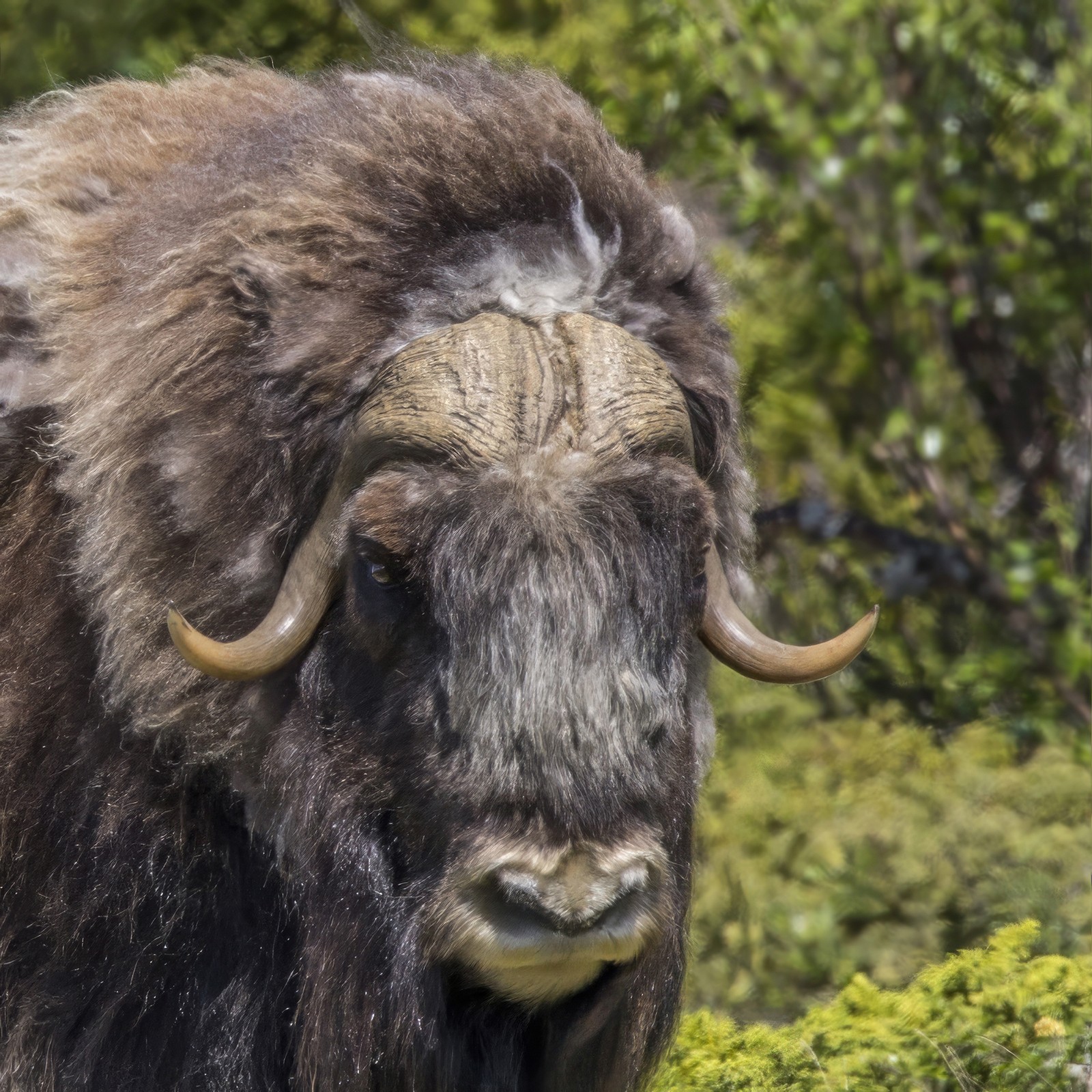
The Musk Ox’s distinctive appearance showcases its Arctic adaptations, from the thick qiviut undercoat to the curved horns used in dramatic dominance battles. These ancient survivors have remained largely unchanged since the Pleistocene era.
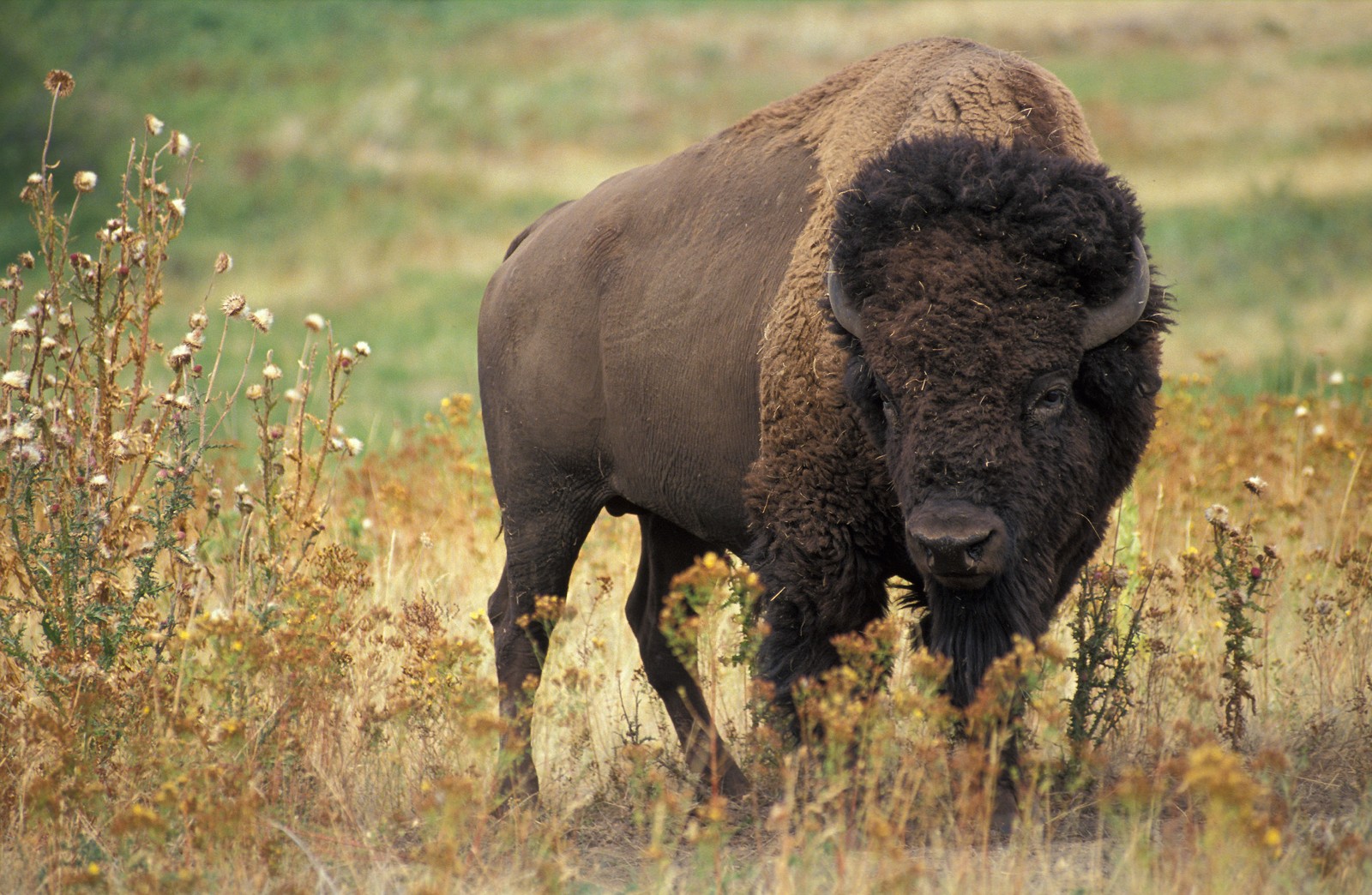
The American Bison exemplifies prairie power with its massive shoulder hump and robust build. This keystone species shapes grassland ecosystems through grazing patterns and physical disturbance of the soil.
Key Differences: Musk Ox vs Bison Comparison
| Feature | Musk Ox | Bison |
|---|---|---|
| Weight | 400-800 lbs (180-363 kg) | 1,000-2,000 lbs (454-907 kg) |
| Shoulder Height | 4-5 ft (1.2-1.5 m) | 5-6.5 ft (1.5-2 m) |
| Top Speed | 25 mph (40 km/h) | 35 mph (56 km/h) |
| Habitat | Arctic tundra | Prairie grasslands |
| Social Structure | Year-round herds | Seasonal herds |
| Defense Strategy | Circular formation | Individual charge |
Habitat and Adaptation
The Musk Ox has evolved remarkable cold-weather adaptations for Arctic survival. Their distinctive qiviut undercoat, covered by longer guard hairs, provides insulation eight times warmer than sheep’s wool. This two-layer system enables survival in extreme Arctic conditions where temperatures regularly plummet below -40°F (-40°C).
Bison, conversely, thrive in temperate grasslands where their massive bodies and specialized grazing abilities help maintain prairie ecosystems. Their large heads act as snowplows in winter, sweeping aside snow to access underlying vegetation, while their thick fur provides adequate protection against both winter cold and summer heat.
Behavioral Differences
Social Structure
Musk Oxen maintain tight-knit family groups year-round, forming their famous defensive circle when threatened. Adult males surround females and calves, presenting an impenetrable wall of horns to predators. This unique strategy has proven highly effective against Arctic wolves and other predators.
Bison herds demonstrate more fluid social dynamics, with larger summer gatherings during breeding season and smaller winter groups. Males typically live separately from female-led family groups except during mating season, when dramatic dominance battles occur.
Physical Capabilities
Strength and Power
While both species possess immense strength, their capabilities differ significantly:
-
Musk Ox
- Can break through meter-thick ice for foraging
- Withstand impact forces of 2,000 pounds during head-clashing battles
- Maintain stability on steep, icy terrain
-
Bison
- Can jump 6 feet (1.8 m) vertically
- Clear 14-foot (4.3 m) horizontal distances
- Pivot rapidly despite massive size
Conservation Status
Both species represent conservation success stories, though their histories differ dramatically. Musk Oxen were nearly extinct in their native range by the early 1900s but have rebounded to approximately 170,000 individuals worldwide. Bison populations crashed from an estimated 30-60 million to fewer than 1,000 by 1889, before conservation efforts helped restore numbers to around 500,000 today.
Who Would Win in a Confrontation?
While such encounters would never occur naturally due to distinct habitat preferences, a theoretical matchup would likely favor the Bison due to its significant size advantage and greater agility. However, Musk Oxen’s defensive capabilities shouldn’t be underestimated - their specialized fighting techniques and robust horn structure have evolved to handle intense impact forces.
Both species represent remarkable examples of bovid evolution, each perfectly adapted to their respective environments through millions of years of natural selection. Their continued survival serves as a testament to successful conservation efforts and the resilience of these magnificent mammals.
